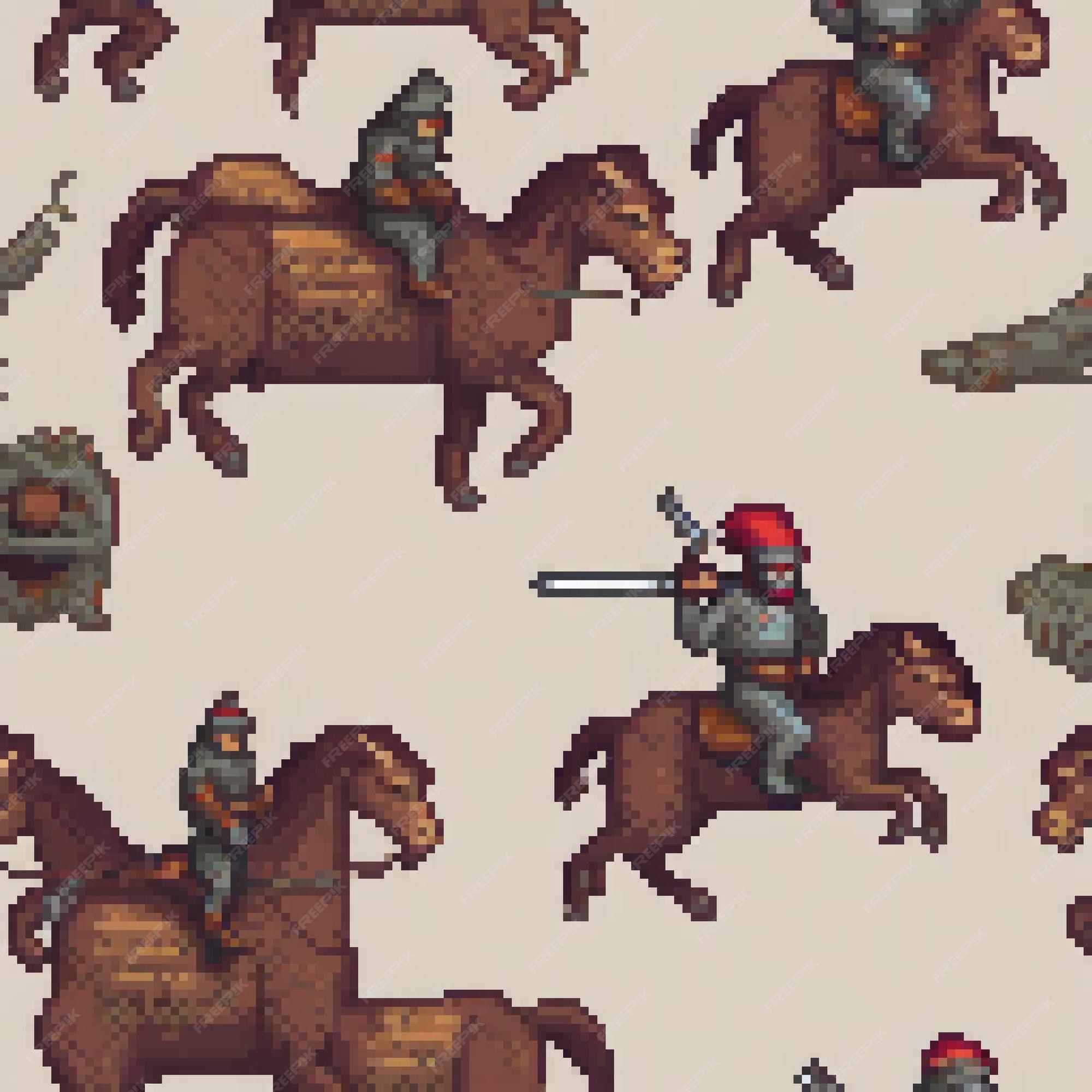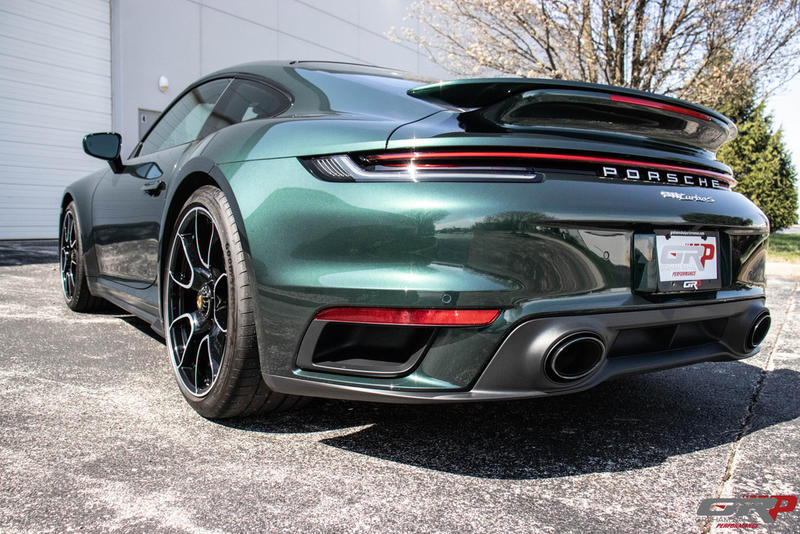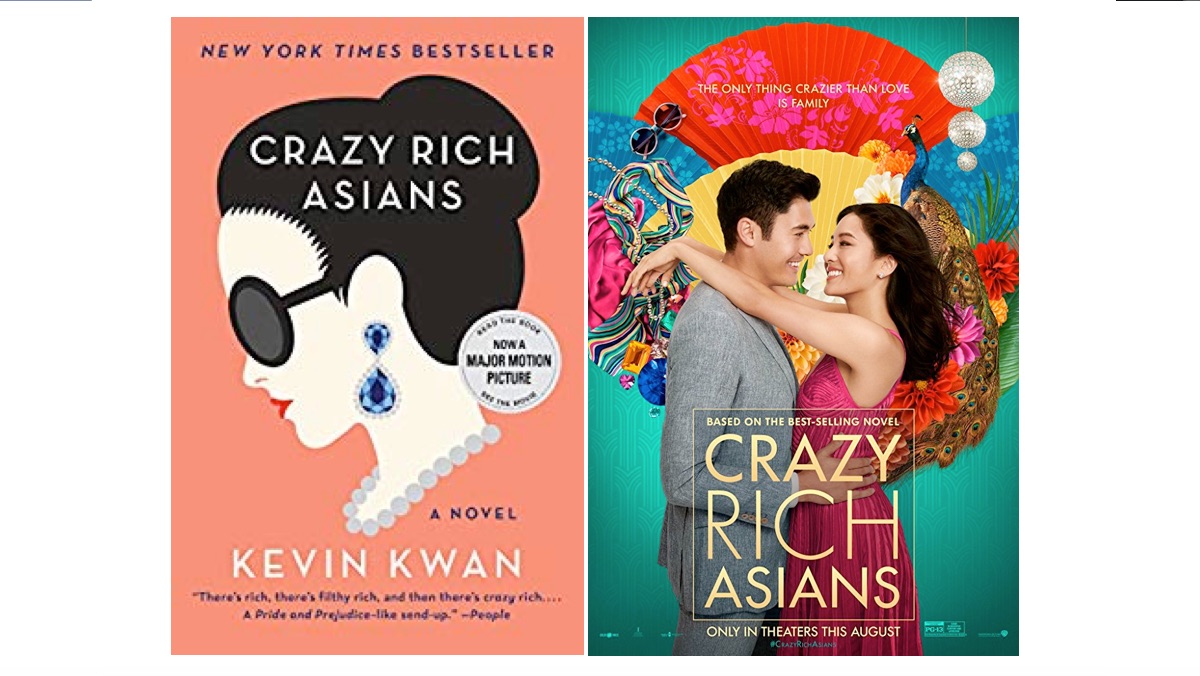Book Cover Art: Depicting The Medieval Tale Of Merlin And Arthur

Table of Contents
Illustrating Merlin's Mystical Power
Merlin, the enigmatic sorcerer, is a cornerstone of Arthurian legend. Successfully portraying his mystical power on a book cover requires careful consideration of visual symbolism and artistic technique. Effective book cover art depicting Merlin often utilizes:
- Symbolic Imagery: Owls, ravens, swirling mists, and crystal balls instantly evoke a sense of magic and mystery, perfectly complementing Merlin's prophetic abilities. These elements subtly communicate his connection to the unseen world.
- Magical Acts: Depicting Merlin performing spells, interacting with magical creatures (like dragons or sprites), or manipulating the elements visually reinforces his magical prowess. The intensity of the depicted action should directly relate to the narrative of the book.
- Visual Representation of Wisdom and Age: Merlin’s age and accumulated knowledge should be reflected in his portrayal. Lines on his face, a wise, knowing gaze, and perhaps even flowing robes can contribute to a feeling of authority and ancient wisdom.
- Color Palettes: Darker, more mysterious color palettes, incorporating deep blues, purples, and greens, contribute to the overall atmosphere of magic and power. Strategic use of contrasting light sources can further enhance the dramatic effect.
Examples of successful depictions include the use of stark, shadowy figures in some modern fantasy novels or the more classically rendered images found in older editions. The key is to find a balance between conveying Merlin's mystical nature and the specific tone of the book.
Portraying King Arthur's Majesty and Chivalry
King Arthur, the epitome of chivalry and righteous leadership, requires a different approach in book cover art. The visual representation must capture his regal bearing, strength, and moral compass. Key elements include:
- Regal Bearing and Noble Features: Arthur's image needs to project strength, dignity, and fairness. An artist might emphasize his noble features, regal posture, and perhaps even a crown or other symbols of his kingship.
- Depiction in Battle: Showcasing Arthur's bravery and skill in battle, perhaps wielding Excalibur, is another effective way to capture his essence. The action should be dynamic, reflecting his prowess and courage.
- Visual Cues to Just Rule and Excalibur: The iconic sword Excalibur is almost always included in depictions of Arthur. It serves as a strong visual representation of his power and destiny. Other visual cues, such as a benevolent expression or a just scene of judgment, further establish his righteous rule.
- Color Schemes: Color palettes for Arthur typically lean toward golds, blues, and reds, representing strength, honor, and nobility. These colors can be used strategically to create a sense of grandeur and authority.
Different artistic styles, ranging from realistic portraits to stylized interpretations, can effectively portray Arthur. The choice depends on the overall tone and style of the book itself.
Visualizing Camelot and the Knights of the Round Table
Camelot, the magnificent seat of Arthurian power, and the Knights of the Round Table, represent ideals of chivalry, fellowship, and unity. The book cover should reflect this grandeur and brotherhood.
- Camelot's Grandeur: Camelot should be depicted as a majestic castle, a thriving kingdom, or perhaps a symbolic representation of the ideal society Arthur strives to create. The scale and detail of the depiction contribute to the overall impact.
- The Round Table: The Round Table itself, often depicted as a circular structure emphasizing equality and fellowship among the knights, serves as a powerful visual symbol. It should be the central focus or at least prominently featured.
- Knights' Individual Personalities: Each knight can be visually differentiated through their armor, weapons, and facial expressions, implying unique personalities and roles within the Round Table.
- Atmospheric Perspective and Color: Strategic use of atmospheric perspective and color choices enhances the visual storytelling, conveying the scene’s mood and scale. Muted, earthy tones can lend a sense of history, while brighter colors evoke joy and fellowship.
Medieval architecture and societal structure should be incorporated to lend authenticity and atmosphere. Details like castles, banners, and knightly attire all contribute to the overall effect.
Capturing the Epic Scale and Drama of the Story
The Arthurian legend is a sweeping epic, full of drama, intrigue, and high stakes. Effective book cover art must capture this epic scale and convey the emotional intensity of the story.
- Dynamic Composition: A dynamic composition, with clear lines of movement and focus, is critical to conveying excitement and action. Avoid static poses; favor movement and interaction between characters.
- Dramatic Lighting and Shadows: Strategic use of lighting and shadows creates a sense of drama and intrigue, enhancing the emotional impact of the scene.
- Key Plot Points or Iconic Scenes: Include elements that represent pivotal moments or iconic scenes from the story, instantly recognizable to readers familiar with the Arthurian legends.
- Style Reflection of Tone and Genre: The artistic style—whether fantasy, historical fiction, or something else—should reflect the overall tone and genre of the book.
Typography plays a crucial role in the overall design. The font should complement the artistic style and contribute to the overall aesthetic appeal, clearly presenting the title and author's name.
Conclusion
Creating effective book cover art for Merlin and Arthur stories requires a deep understanding of the narrative, characters, and setting. Successful designs integrate visual symbolism, character representation, and atmospheric elements to capture the epic scale and drama of the tale. By carefully considering the interplay between visual elements and narrative, artists can create book cover art that not only attracts readers but also effectively communicates the essence of the Arthurian legend. Analyze existing book covers of Arthurian tales, paying close attention to how they depict Merlin, Arthur, and Camelot. Consider the visual elements discussed in this article when creating or commissioning your own book cover art. Further research on medieval art and design, or commissioning a professional artist, will ensure a truly impactful design for your work.

Featured Posts
-
 Graham Rahal Showcases Exclusive Porsche 911 Gt 3 Rs 4 0 Performance
May 11, 2025
Graham Rahal Showcases Exclusive Porsche 911 Gt 3 Rs 4 0 Performance
May 11, 2025 -
 James O Keefes Latest Undercover Scoop And Its Impact On Prince Andrew
May 11, 2025
James O Keefes Latest Undercover Scoop And Its Impact On Prince Andrew
May 11, 2025 -
 Crazy Rich Asians The Television Adaptation In Development
May 11, 2025
Crazy Rich Asians The Television Adaptation In Development
May 11, 2025 -
 Mtv Cribs A Tour Of Extravagant Homes
May 11, 2025
Mtv Cribs A Tour Of Extravagant Homes
May 11, 2025 -
 Unseen Picture Conor Mc Gregor Pays Tribute To Adam Sandler And Happy Gilmore
May 11, 2025
Unseen Picture Conor Mc Gregor Pays Tribute To Adam Sandler And Happy Gilmore
May 11, 2025
